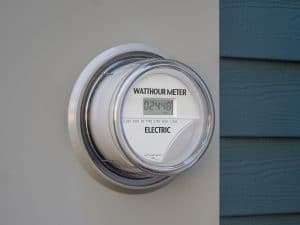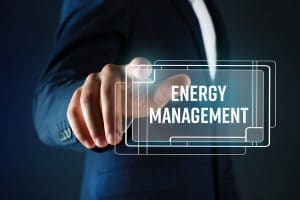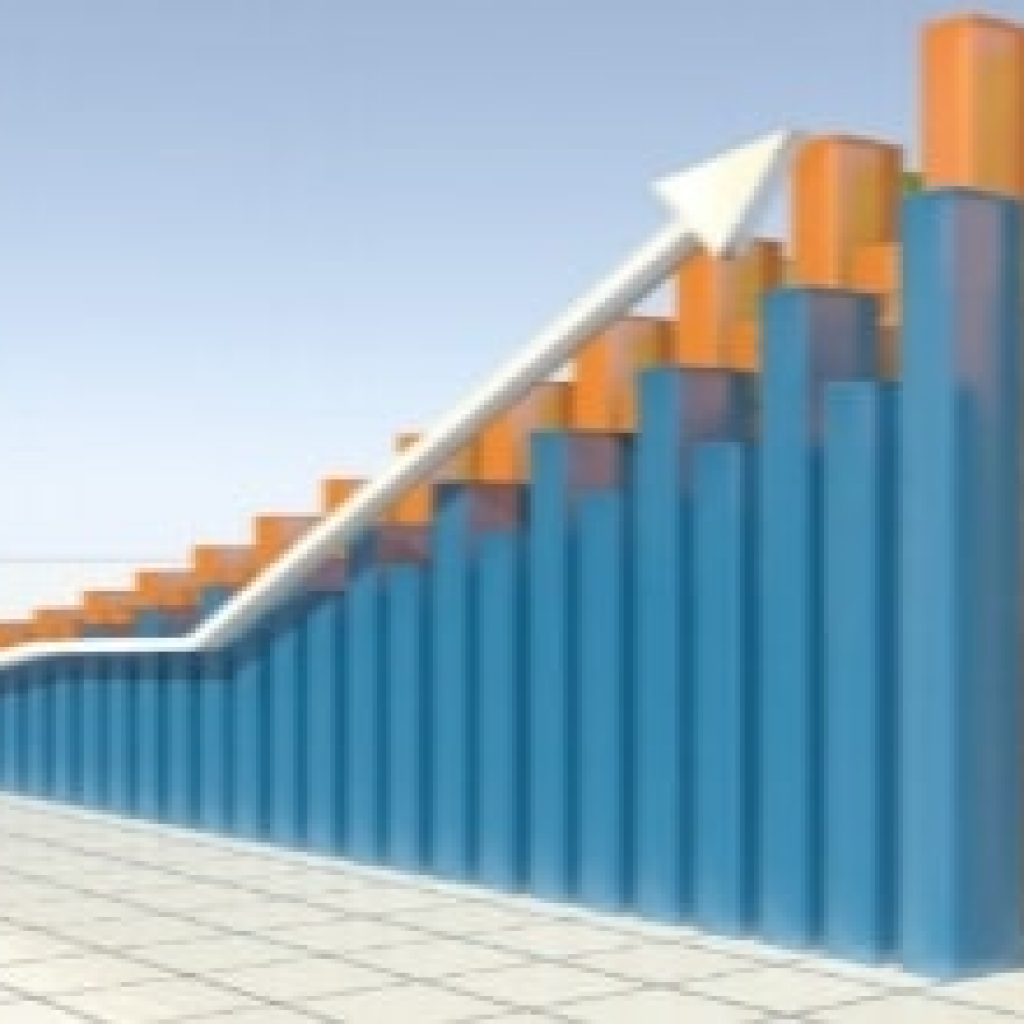Energy consumption baselines are an essential part of any measurement and verification effort. Without a baseline, you really don’t know where you started, and if you don’t know where you started, you can’t know how much progress you’ve made.
For example, we’ve seen cases where companies have invested large sums of money in high-efficiency lighting retrofits and seen a significant drop in their bills on the following billing cycle. High fives all around as they congratulate themselves on a wise decision! – Right? But then, on the following month,
the bill is just as high as ever! What happened? Did something go wrong with the new lighting system?
Stay up to date with energy trends. Subscribe to the Energy Wire Blog Today.
Suddenly the decision doesn’t look so wise and the CFO isn’t happy. Then the finger-pointing and arguing starts as people look to find something or someone to blame other than themselves.
In reality, however, it might not be anyone’s fault and the lighting system might be working just fine. The so-called problem might simply be a matter of faulty assumptions, but if lighting baselines were not established before the retrofit, there is no longer any way to verify true changes.
At a high level, defining a baseline is simply the process of logging utility consumption information on a facility, a specific building, or on
a specific sub-system within a building.
If you’re only concerned with month-to-month, top-line consumption numbers, it could be as simple as logging your utility bill information into a spreadsheet where you can perform your own analyses. If you have multiple services or simply want to avoid data entry errors, Summa’s Vitality system includes a utility bill scraping and analytics feature that automates the entire process. In addition, it can go back through previous bills for as far back as your utility provides billing information. This can be a useful feature not only for establishing baselines but also for utility bill verification.
If, however, you want more detailed information, whether on the whole facility or on specific sub-systems, you will need real-time metering data from one or more sub-meters. Let’s go back to the above mentioned lighting retrofit and look at what should have been done.
As soon as they determined that they might want to do a lighting retrofit, they should have started a baseline documentation effort. In an ideal world, it would be nice to have 12 months of baseline information to take the changing seasons into account, but in real life, we don’t often have that much lead time. One full month would be the bare minimum but I would recommend having at least 90 days.
In order to isolate the effects of a specific energy conservation measure, the best baseline information is provided by two sub-meters – one that is monitoring the main service for the overall picture and one that is only looking at the one thing you are changing. Frankly, this is the only way to know that some other change in your facility isn’t causing consumption changes that would skew your results.
In this example, a meter installed on the lighting panel will tell you exactly what your lighting system is doing. Continuing to meter that panel after the lighting retrofit will tell you if things changed and how much.
The same idea would apply to any other energy conservation measure you are considering. If you want good data, however, we would recommend not making multiple changes at the same time.
The other thing to keep in mind is that conservation measures can sometimes produce unintended consequences. This is why it is important to also meter the main service.
example that we’ve seen on several occasions occurs when metal halide or any other form of lighting that produces significant heat is replaced with LED lighting which produces significantly less heat. Metering only the lights will show an obvious savings onenergy for the lighting but if you’re not also watching the rest of your systems, you might miss the fact that HVAC system is now working harder duringthe cold months to heat your building and

perhaps less hard during the summer months to cool your building.
Going back to the beginning of this post, if the lighting retrofit occurred in the Fall while the weather was still warm, it makes sense that the first month would have shown savings. The reduced stress on the HVAC system would have made the savings look even better. But then the weather cooled. The HVAC system no longer had help from high-temperature lighting fixtures and the energy savings seemed to evaporate.
Good baseline data would have readily answered the questions and enabled the CFO to clearly identify how much money was really being saved as a result of the lighting retrofit.







